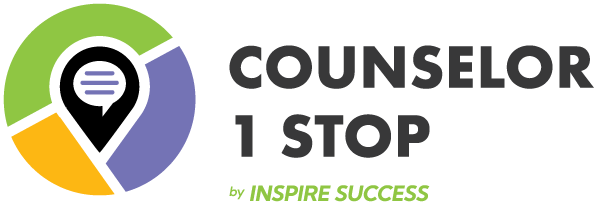Self Harm – Self Injury – Self Mutilation
Self-harm is a behavior and not an illness. People self-harm to cope with distress or to communicate that they are distressed. It includes self-poisoning and overdoses, minor injury, as well as potentially dangerous and life-threatening forms of injury.
BRIEF SUMMARY
Self-harm is a behavior and not an illness. People self-harm to cope with distress or to communicate that they are distressed. It includes self-poisoning and overdoses, minor injury, as well as potentially dangerous and life-threatening forms of injury. It does not mean body piercing, getting a tattoo, unusual sex, or the recreational use of drugs and alcohol. Some people who self-harm are suicidal at the time. Others report never feeling suicidal. . Examples of self-harm or self-injurious behaviors include cutting and Trichotillomania.
KEY POINTS
- Self-harm is a behavior that can occur in many different disorders and situations.
- Self-harm may be an attempt at suicide, although not necessarily so.
RESOURCES
- Self Injury Resource Packet
- Sample Safety Plans:
- About self-injury from Cornell University
- What is Self-Injury? from Cornell University
- http://schoolcounselorsconnect.weebly.com/self-injury.html
- Columbia-Suicide Severity Rating Scale
SHARED WISDOM
- Q: What is your policy on self-harm and calling CPS?
- A: Contact parents (either immediately or after meeting a few times with the student); a call to DCS would be made only if the caregiver was not addressing the mental health of the student. If the caregiver accepts services for the student and works towards helping them, no call is needed.
- Q: In my district, we use a security system that alerts us if students have conducted any concerning searches or written any concerning emails using school accounts. We (admin, counselors, social worker) have recently been asked to come up with a schedule at each building to monitor those alerts on nights, weekends and breaks and respond accordingly. Obviously, we want what is best for our students but this seems to create a host of issues (liability, contractual concerns {counselors in this district are on teacher contracts}, issues with not having any respite for our own mental health). Has anyone else been asked to do something similar? We will use our contract as a piece to lean on but are curious if there are any other ethical guidelines, articles, etc. for us to refer to as well. Please send any similar stories and resolutions or any documentation my way.
- A: We’re using Go Guardian Beacon to monitor for alerts around self-harm, suicide, bullying, weapons, etc. There is a feature for sending parental alerts after school hours and on the weekends. Staff monitor during regular school hours (you can set your own specific school days and hours). If after hours, the parent receives an email with resource and referral info. We had your same discussion around liability and sustainability of being able to respond appropriately during after school hours. All parents received notification before the system was turned on so that they could expect notifications during after hours. The student also receives a pop up with a hotline number. Staff can access the alerts from after hours to review on the next business day.
- Safety plan for a student who is self-harming: Suicide Prevention & Response: A Comprehensive Resource Guide for Indiana Schools www.doe.in.gov/sites/default/files/sebw/suicide-resource-guide-indiana-schools-4.pdf It offers a few sample safety plans and has some safety plan apps you may want to explore too. (Brandie Oliver, bmoliver
@butler.edu)
